Tornado vs Hurricane: What's the difference? Which is more dangerous?
Tornado vs hurricane, are you curious about them? Both are powerful weather events capable of causing significant impacts on communities and the environment. However, they are fundamentally different in formation, influences, and type of destruction. Reading this post to look at the similarities and differences between a hurricane and a tornado.
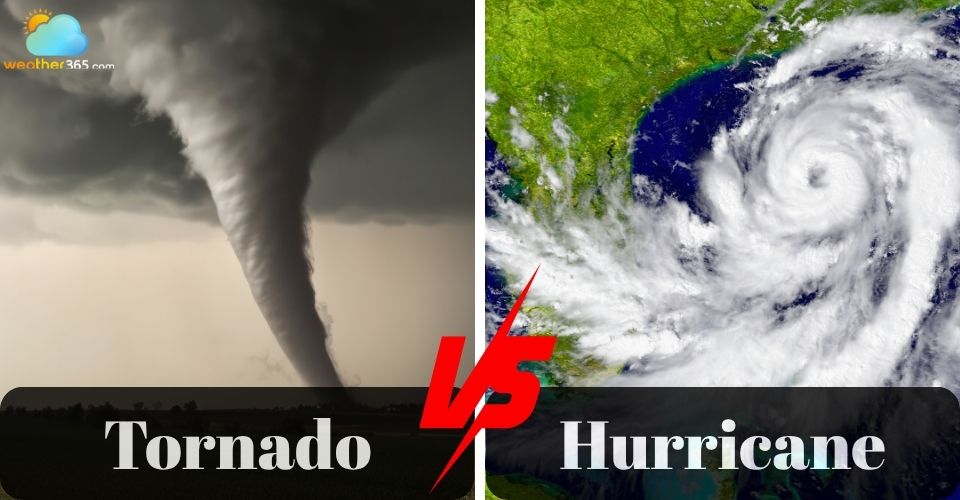
Distinguish tornado and hurricane
Tornado vs Hurricane: When and where they form
Hurricanes (other names: typhoons, cyclones) form over warm ocean waters near the equator.
From a low-pressure air wave, it draws in warm air and water vapor to create thunderclouds.
Due to Earth's rotation (counterclockwise in the Northern Hemisphere, clockwise in the Southern Hemisphere) and trade winds, these storms rotate and develop.
Hurricanes primarily form during the summer and early fall when ocean waters are warmest.
In the Northern Hemisphere, the typical Atlantic hurricane season runs from June 1 to November 30, with most U.S. impacts occurring during this period.
Read more: What is the difference between a hurricane typhoon and cyclone?
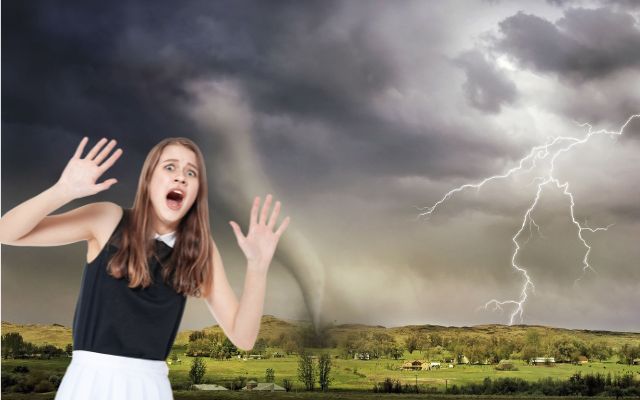
How do hurricanes form?
Tornadoes, also known as twisters, form over land from supercell thunderstorms.
These powerful storms create strong updrafts of wind that begin to twist as they rise.
Under specific conditions, like the collision of warm, humid air and cold, dry air, updrafts narrow, forming a rapidly swirling funnel cloud that eventually becomes a tornado.
While most form over land, they can occasionally form over water, in which case they're called waterspouts.
Tornadoes are most common between March and early June, especially in an area known as Tornado Alley (spanning parts of Texas, Oklahoma, Kansas, Nebraska, and South Dakota).
It's important to remember that tornadoes can form at any time of year and in any location.
- You may also like this: Tornado Safety Tips
Tornado vs Hurricane: Wind speed
Tornado vs hurricane’s wind speed is also divided in different ways.
Tornadoes are categorized 6-point scale known as the Enhanced Fujita scale:
|
EF-0 |
65-85 mph |
Enough to break tree branches |
|
EF-1 |
86 - 110 mph |
Enough to damage buildings |
|
EF-2 |
111 - 135 mph |
Enough to tear off roofs |
|
EF-3 |
136 - 165 mph |
Enough to lift cars and trucks off the ground |
|
EF-4 |
166 - 200 mph |
Enough to cause severe structural damage to buildings |
|
EF-5 |
> 200 mph |
Causes extreme structural impacts, including damage to large buildings and infrastructure |
The hurricane wind speed category is different. It’s a five-point scale known as the Saffir-Simpson wind scale.
|
Miles per hour |
Damage |
|
|
Category 1 |
74 - 95 |
Enough to break trees and cause minor damage to buildings and other structures. |
|
Category 2 |
96 - 110 |
Heavy damage to houses |
|
Category 3 |
111 - 129 |
Uproot trees and down power lines, and damage buildings. |
|
Category 4 |
130 - 156 |
Tear the roofs off houses |
|
Category 5 |
> 157 |
Can lead to catastrophic structural damage. |
- Also read: Top 5 Most Dangerous Tornado In The World
Difference between Tornado vs Hurricane
Before discussing their differences, there are still several similarities between them.
-
Rotation: Both typically spin counter-clockwise in the Northern Hemisphere and clockwise in the Southern Hemisphere, though some tornadoes can rotate the other way.
-
Destructive Power: Their strong winds cause significant damage to lives and property.
-
Location: Both occur worldwide, but their distribution varies.
-
Mitigation: Warning systems and forecasting methods are in place to help reduce their impact.
Despite the similarities, tornadoes are different from hurricanes. Look at this picture below:
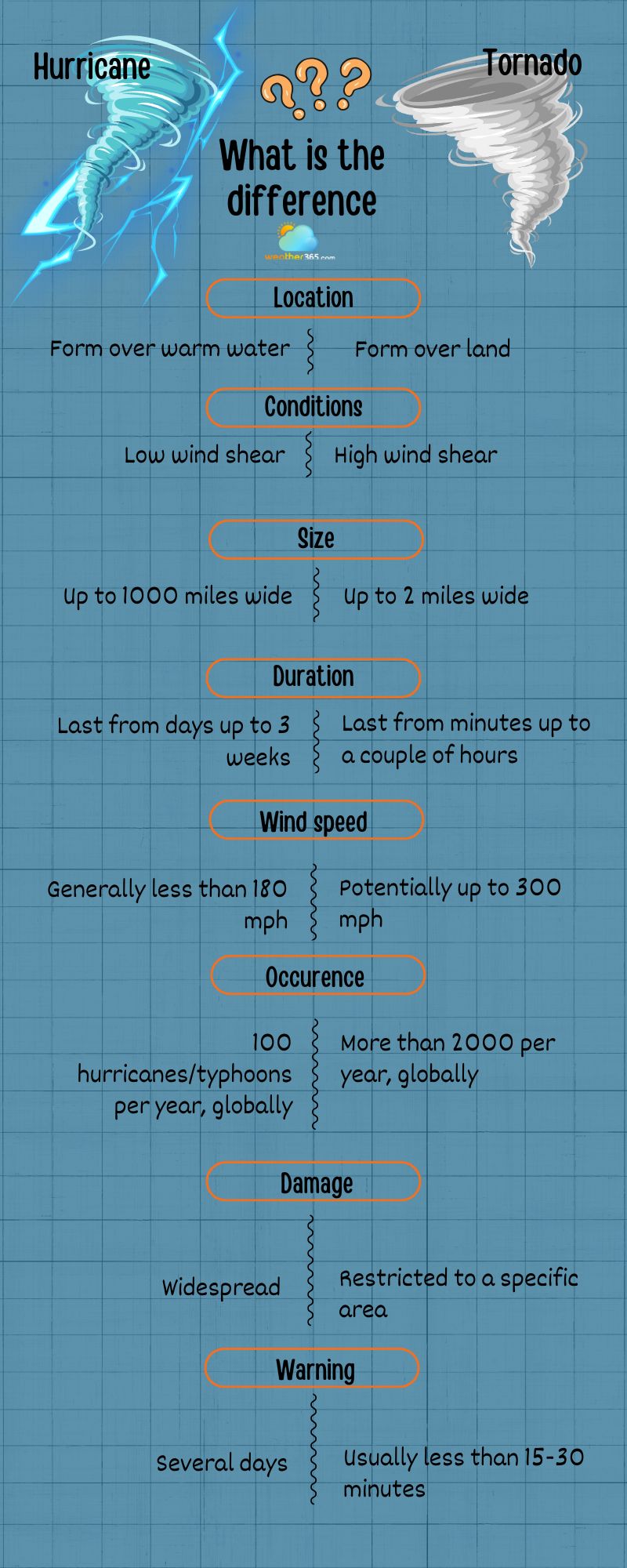
Difference between tornadoes and hurricanes
Tornado vs Hurricane Myths
Tornado vs Hurricane are among the most powerful natural hazards. Here are some interesting facts about tornadoes and hurricanes worth noting.
-
Tornadoes can form year-round, not exclusively during "tornado season."
Tornado season starts and finishes depending on where you live. However, if you are in the Midwest, 80% of all tornadoes happen, and it often occurs from April 1 to June 30th.
-
The United States experiences roughly 1,000 tornadoes annually.
The Insurance Information Institute estimates that the United States experiences approximately 1,000 tornadoes annually. While this sounds like a lot, many of the tornadoes are weak or moderate and do little, if any, damage.
-
"Tornado Alley" and "Dixie Alley" in the U.S. are common tornado regions.
Tornado Alley refers to a region primarily spanning Kansas and Oklahoma, notorious for its frequent tornadoes. Similarly, Dixie Alley encompasses parts of Arkansas, Mississippi, and Tennessee. Both areas share atmospheric conditions that are ripe for tornado formation. While Dixie Alley sees fewer tornadoes overall, those that do occur there tend to be more powerful.
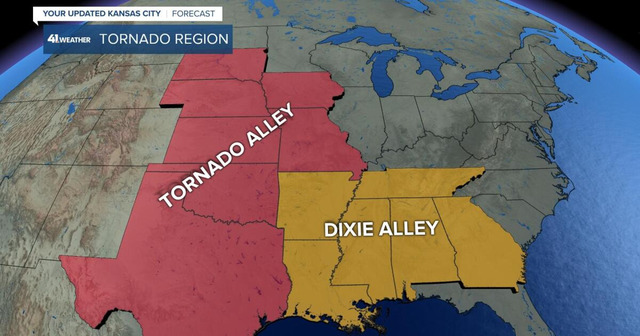
Tornado alley
-
Hurricanes are called by various names globally.
Depending on the location it forms, hurricanes are called different names, like typhoons and cyclones.
Read about What is the difference between a hurricane typhoon and cyclone?
-
Hurricane eyewalls contain their most intense winds and rain.
Most hurricanes feature a central eye, a calmer area with lighter winds and less rain. Surrounding this eye, an eyewall can form. This is where the storm's most intense winds and heaviest rainfall occur, swirling in a thick, vertical wall of clouds around the eye.
-
Climate change can affect hurricane activity.
Climate change influences hurricanes globally, increasing their maximum strength and rainfall rates, which makes them more dangerous. NOAA predicted an 85% chance of an above-normal 2024 hurricane season, largely due to warmer-than-average sea surface temperatures.
-
Can hurricanes and tornadoes happen together?
Yes, hurricanes can spawn tornadoes, especially as they make landfall or in their outer rain bands. For example, in 2017, when Category 5 Hurricane Irma slammed into the Florida Keys, it created a tornado at the same time.
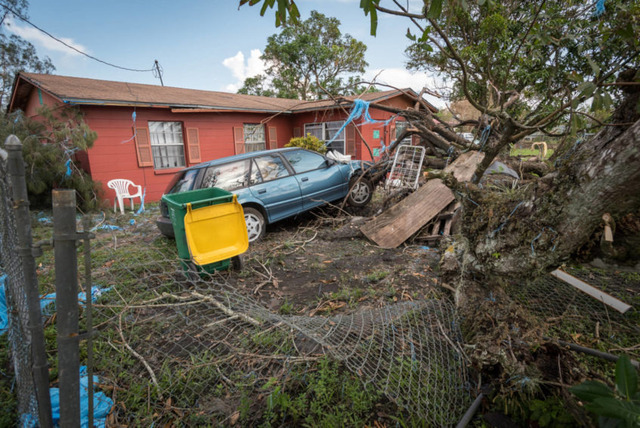
Hurricane Irma in 2017
Conclusion
Both tornadoes and hurricanes are powerful natural phenomena that can create major challenges for affected areas. There are similarities and differences between tornado vs hurricane. Knowing those will help people prepare for them carefully and be safe when they are forming.

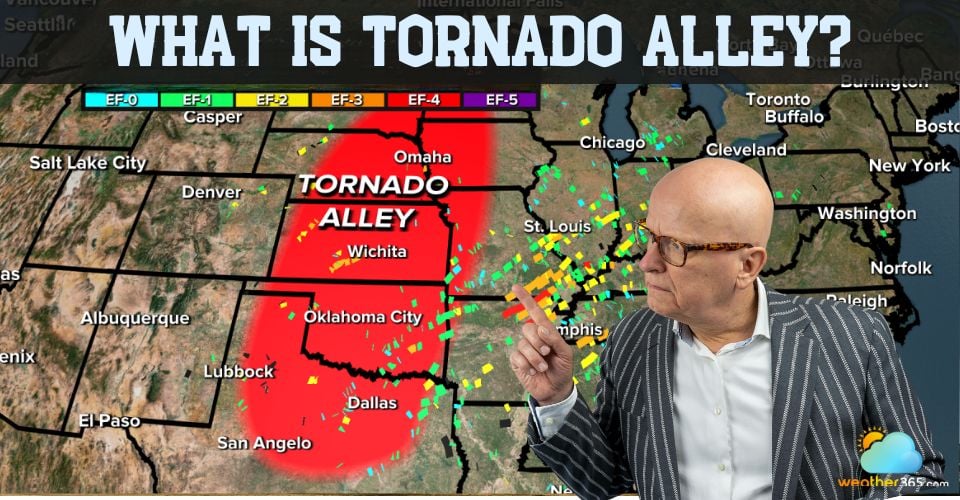
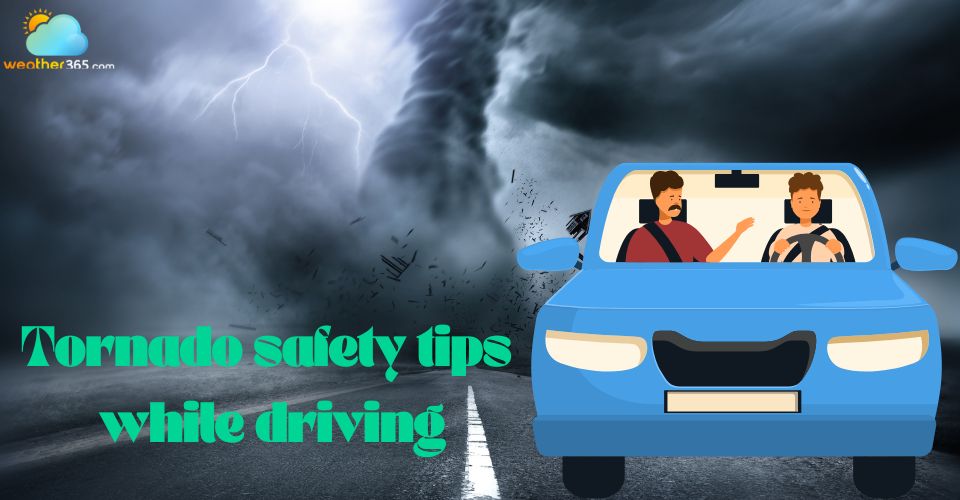
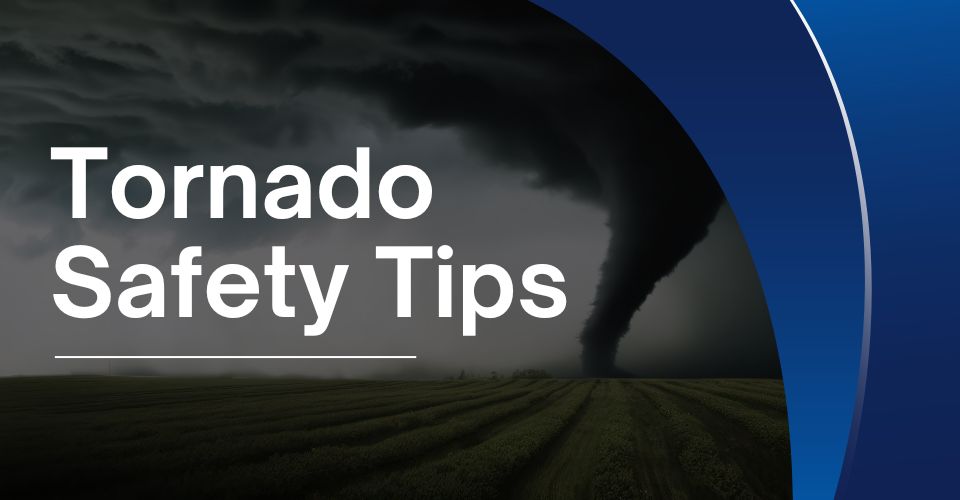
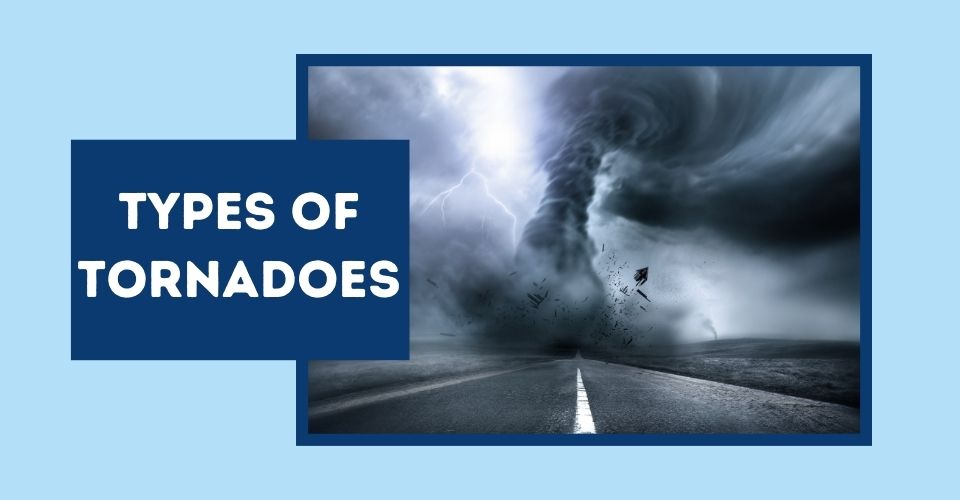
0 Comment
Leave a comment
Your email address will not be published. Required fields are marked *